Throughout the world, certain animals have become powerful symbols of conservation efforts. These creatures often face extreme threats, from habitat loss to poaching. They represent the urgent need to protect biodiversity and maintain a balanced ecosystem. Each one plays a crucial role in raising awareness about endangered species and habitat preservation. Here are some of the most recognized animals that have become emblems of conservation.
Giant Panda

The giant panda is one of the most recognizable symbols of wildlife conservation. Found in China, this black-and-white bear thrives in bamboo forests. The species was once critically endangered due to habitat destruction. Thanks to dedicated conservation programs, its numbers have slowly increased. The giant panda’s success story highlights the importance of protecting natural habitats.
Asian Elephant
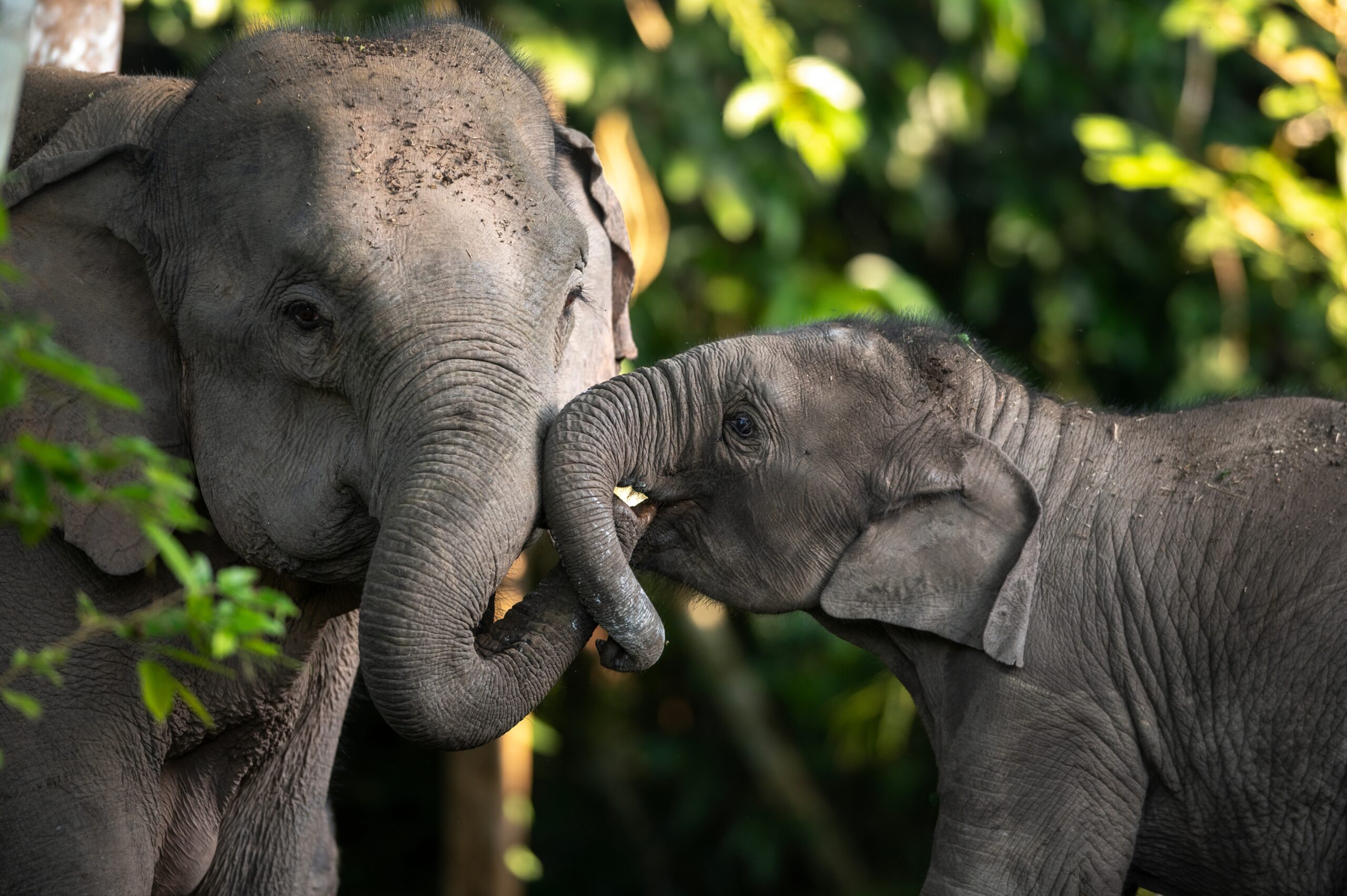
The Asian elephant is a majestic creature found in parts of South and Southeast Asia. It faces threats from habitat loss and poaching for its tusks. Conservation efforts focus on preserving its natural environment and preventing human-elephant conflict. The elephant’s role in ecosystems as a keystone species makes its protection essential. It also holds cultural significance in many regions, strengthening the push for its conservation.
Bengal Tiger
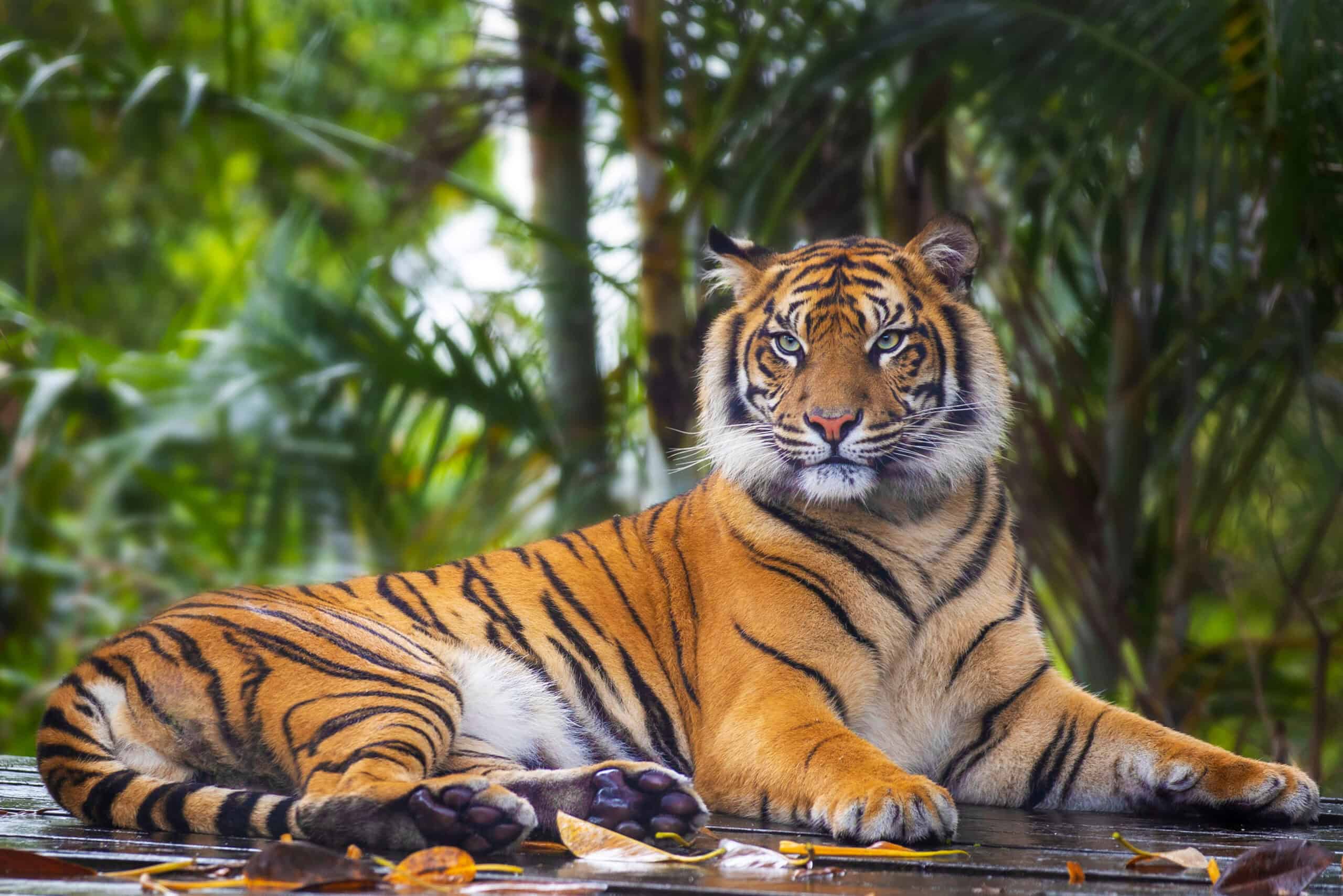
The Bengal tiger is a symbol of strength and resilience in the wild. Found in India and neighboring countries, this tiger faces poaching and habitat fragmentation. Conservation programs aim to increase tiger numbers through protected areas. The tiger’s survival depends on preserving dense forests and tackling illegal wildlife trade. Its striking beauty and endangered status make it a focal point for global conservation campaigns.
Mountain Gorilla
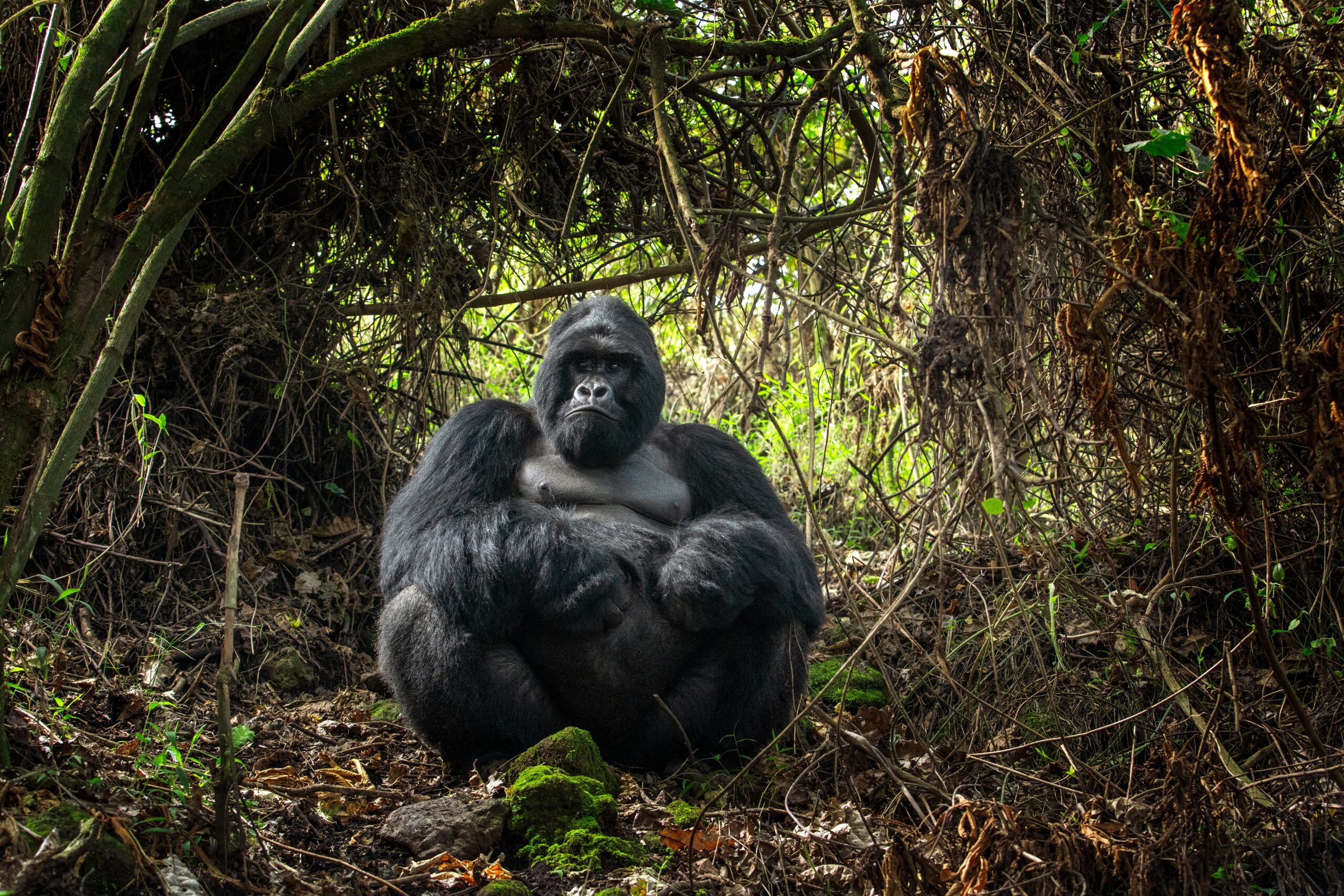
Mountain gorillas inhabit the dense forests of central Africa. These gentle giants are critically endangered due to poaching and habitat loss. Conservation efforts focus on anti-poaching patrols and protecting their forest homes. Ecotourism has also helped support their conservation by generating funds for local communities. The mountain gorilla’s recovery shows the power of human intervention in wildlife protection.
African Elephant
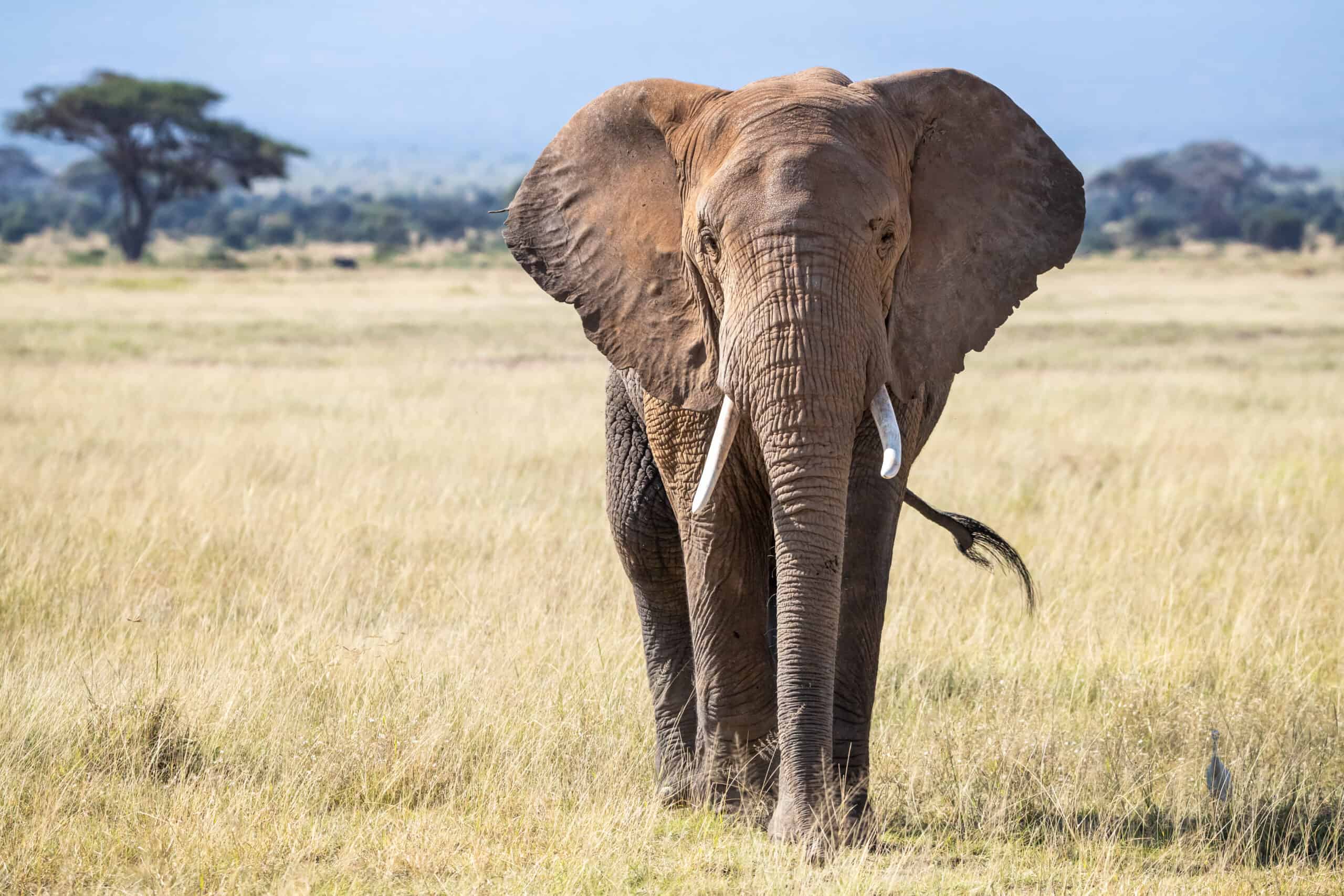
The African elephant is the largest land mammal, roaming the savannas and forests of Africa. It is under threat from poaching, especially for its ivory tusks. Conservation efforts focus on anti-poaching initiatives and habitat protection. The African elephant plays a crucial role in its ecosystem, making its conservation vital for maintaining biodiversity. Public campaigns against ivory trade have helped bring global attention to its plight.
Amur Leopard
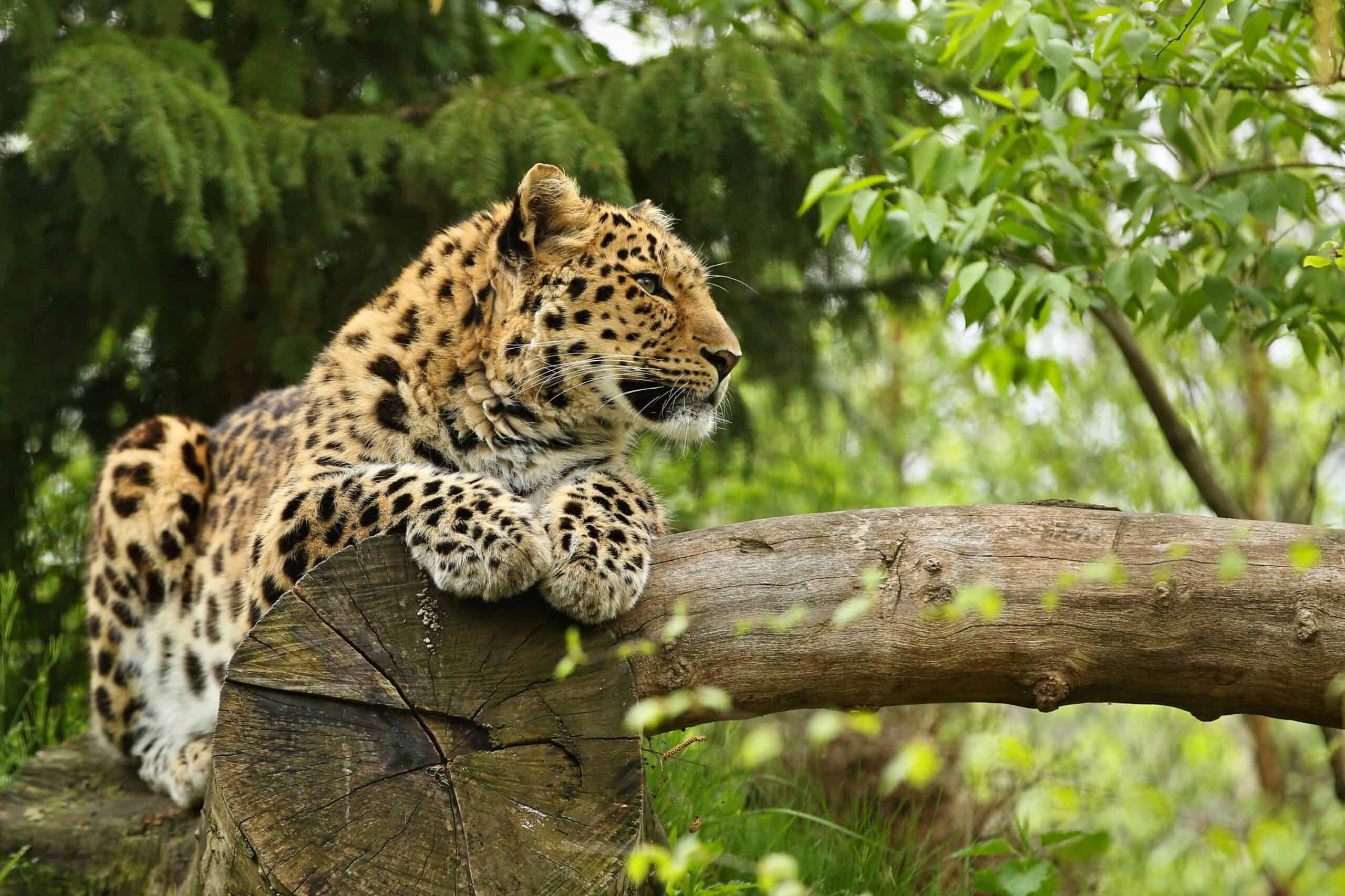
The Amur leopard, native to the Russian Far East, is critically endangered. Its numbers have dwindled due to poaching and habitat destruction. Conservation programs aim to protect its remaining habitat and reduce illegal hunting. Efforts to breed the leopard in captivity have also been successful. The Amur leopard’s struggle symbolizes the urgent need to protect lesser-known species from extinction.
Sea Turtle
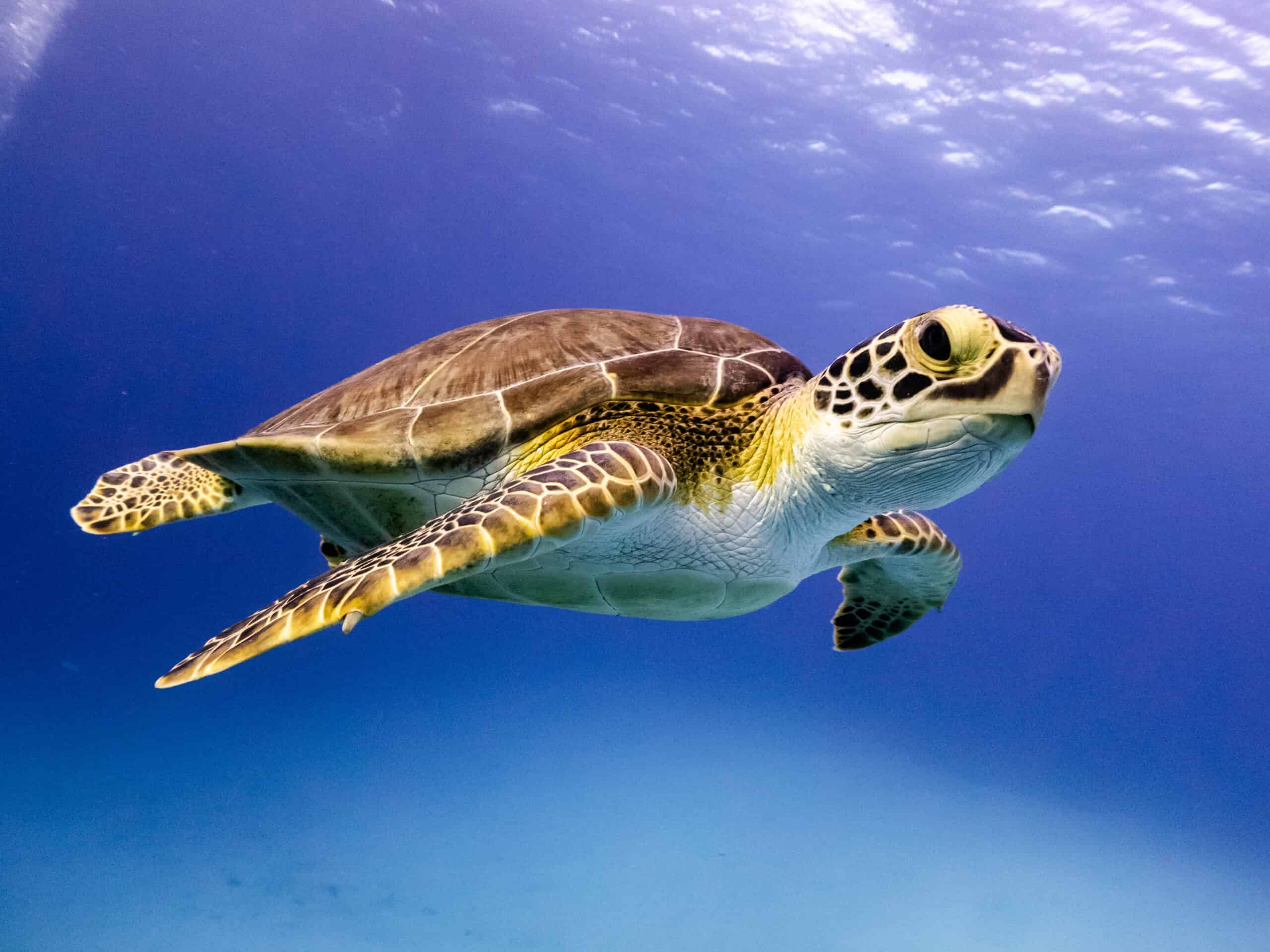
Sea turtles are ancient creatures that have roamed the oceans for millions of years. They face numerous threats, including plastic pollution, habitat destruction, and poaching. Conservation efforts focus on protecting nesting sites and reducing bycatch in fishing. Sea turtles play a vital role in marine ecosystems, helping maintain healthy seagrass beds and coral reefs. Their vulnerability has made them a key symbol of marine conservation.
Vaquita
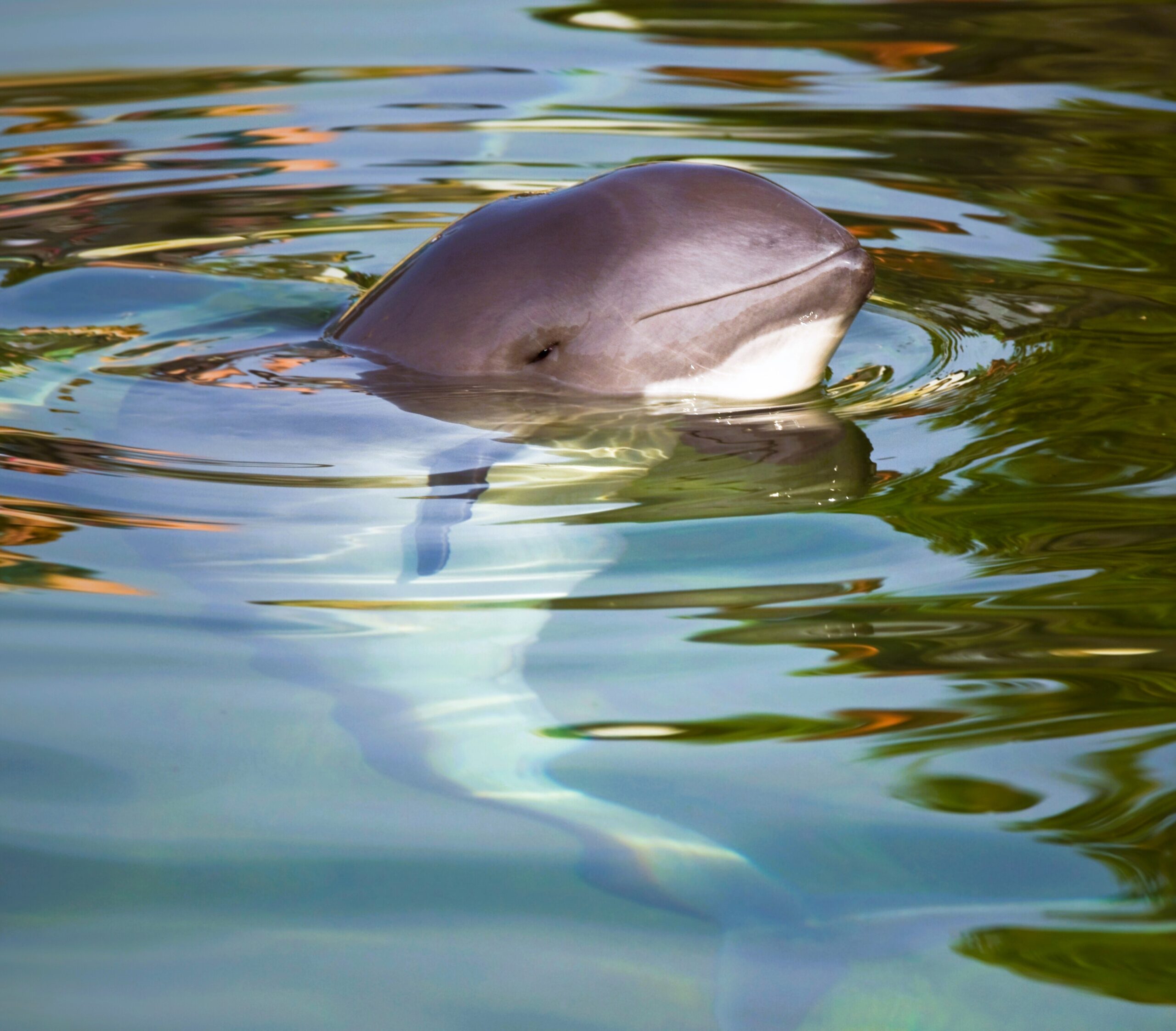
The vaquita is the world’s rarest marine mammal, found only in the Gulf of California. This small porpoise is critically endangered, with only a few individuals left. The primary threat to the vaquita is bycatch in illegal fishing nets. Conservationists are working tirelessly to remove these nets and protect its remaining habitat. The vaquita has become a symbol of the urgent need for stronger fishing regulations and marine protection.
California Condor
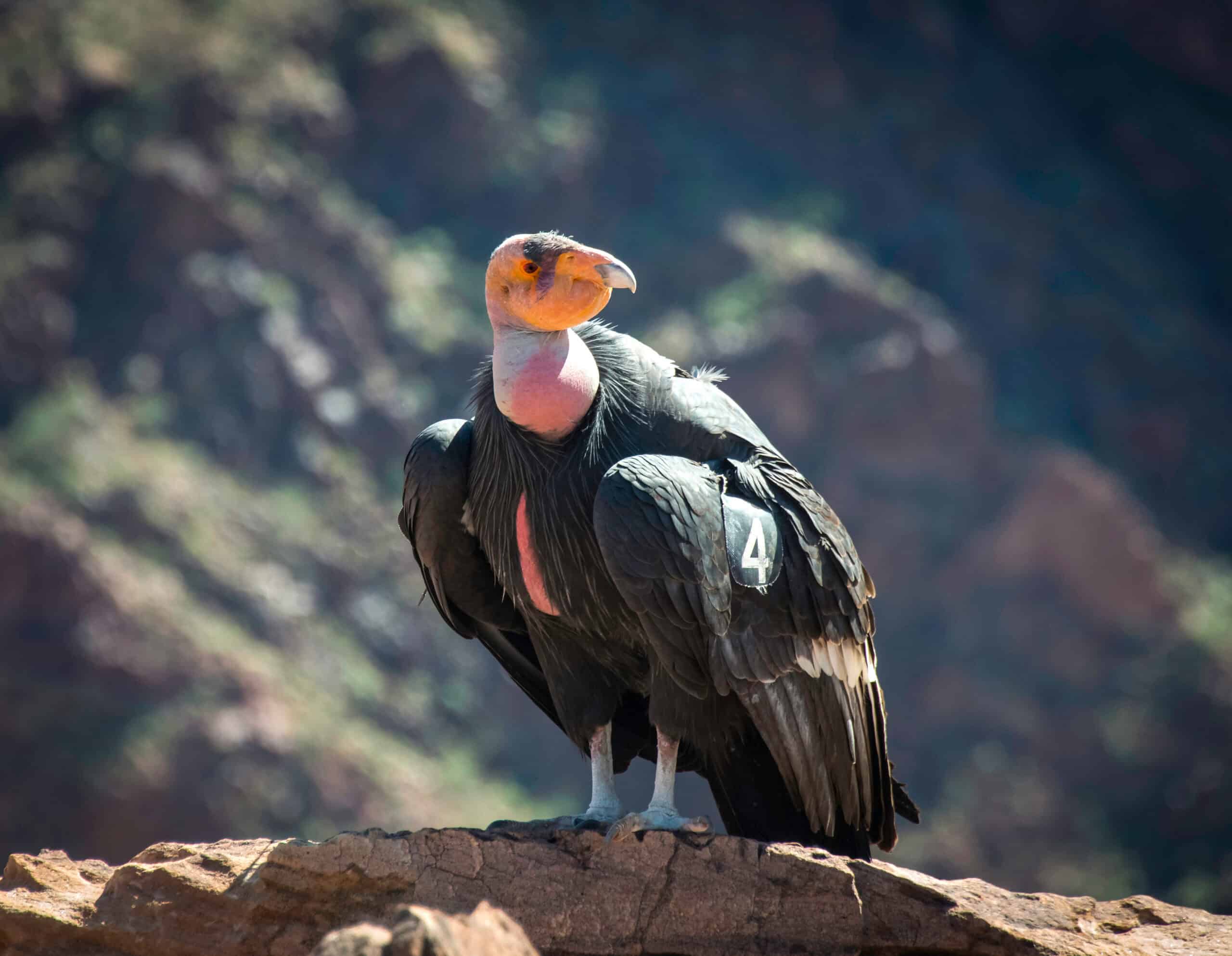
The California condor is North America’s largest flying bird, with a wingspan of nearly 10 feet. It was once on the brink of extinction due to habitat destruction and lead poisoning. Conservation efforts, including captive breeding and habitat restoration, have helped increase its numbers. The condor’s recovery is one of the greatest success stories in conservation history. It represents the importance of long-term dedication to saving endangered species.
Polar Bear
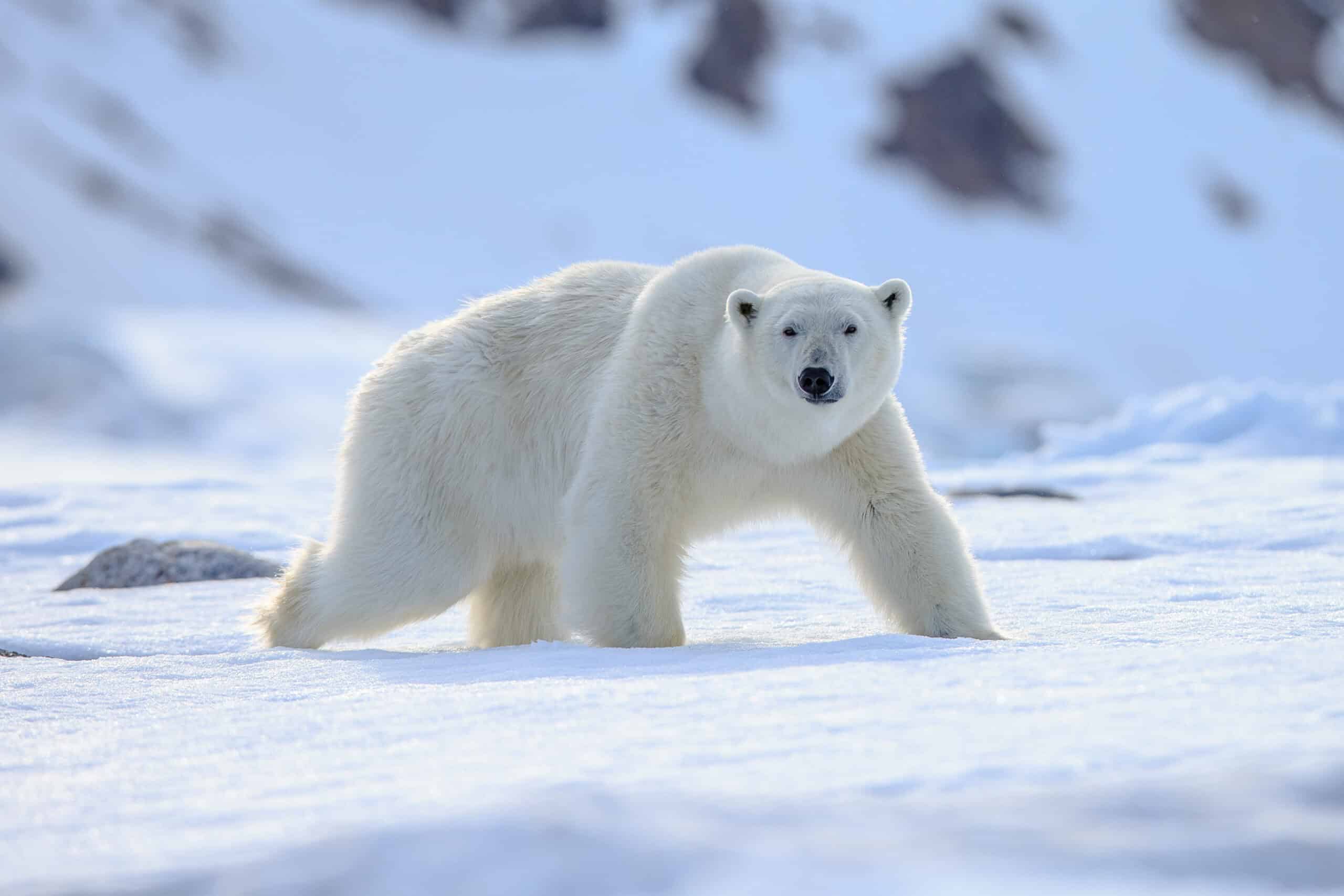
Polar bears are the face of climate change awareness due to their dependence on Arctic sea ice. As global temperatures rise, their habitat melts, putting them at great risk. Conservation efforts focus on reducing greenhouse gas emissions and protecting Arctic regions. Polar bears are apex predators, playing a crucial role in the Arctic ecosystem. Their survival depends on global action against climate change.
Snow Leopard
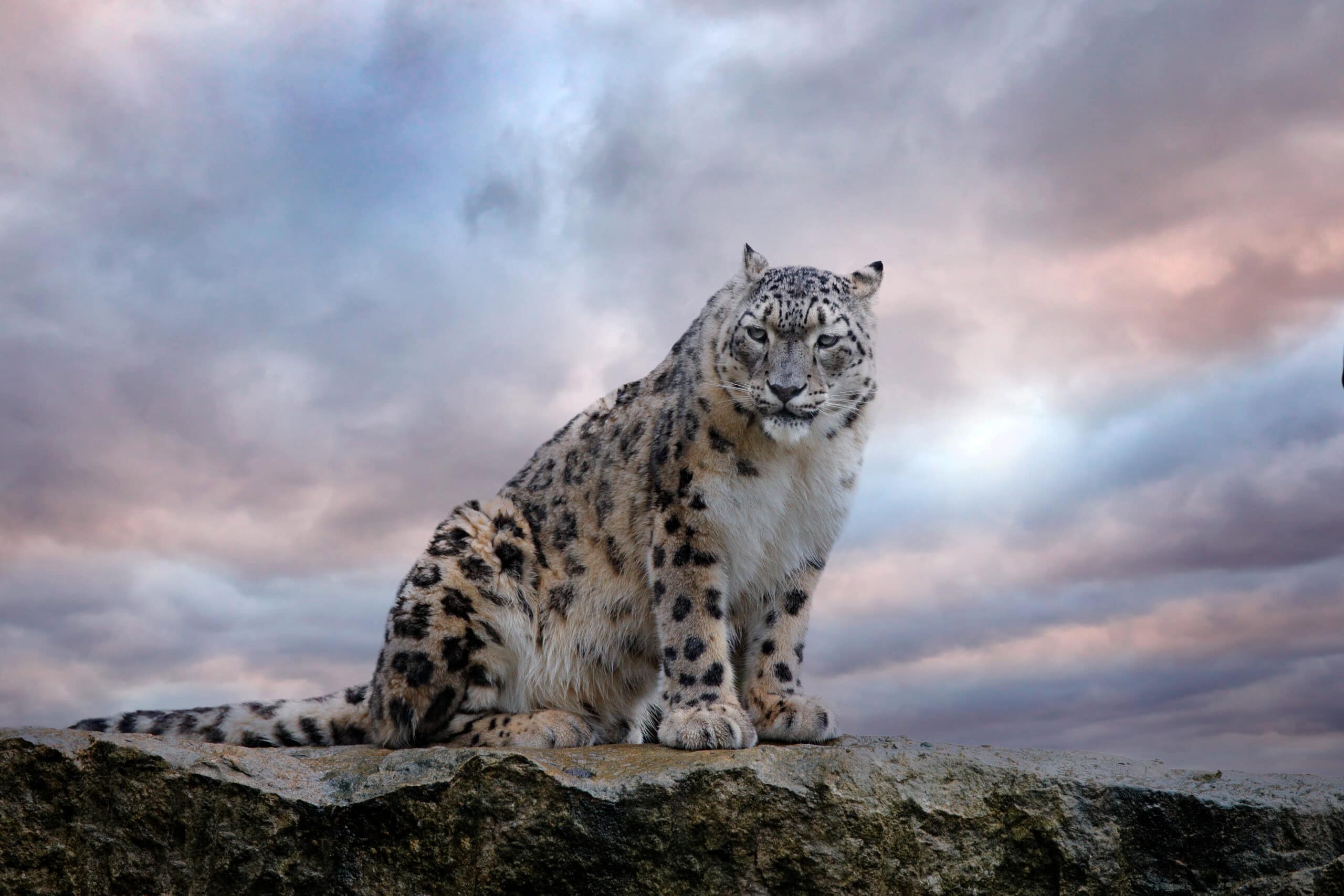
The elusive snow leopard is native to the mountain ranges of Central and South Asia. It faces serious threats from poaching and habitat fragmentation. Conservation efforts focus on protecting its high-altitude habitats and reducing human-wildlife conflict. The snow leopard plays a vital role in maintaining the balance of its mountain ecosystem. Its protection is essential for preserving biodiversity in these fragile environments.
Orangutan
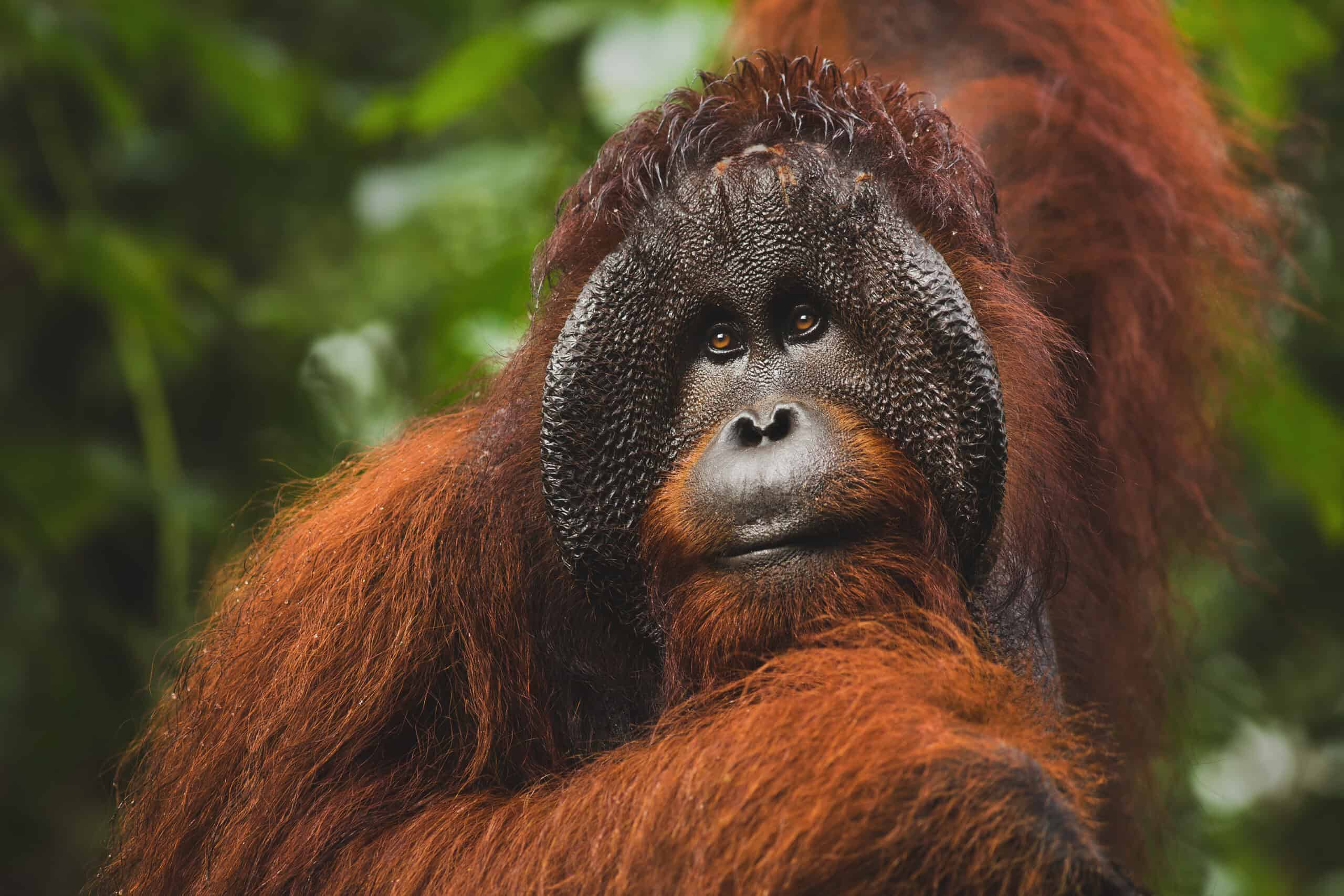
Orangutans are critically endangered due to deforestation and illegal wildlife trade. Found in the rainforests of Borneo and Sumatra, they are known for their intelligence and close genetic link to humans. Conservation efforts focus on protecting their forest homes from logging and palm oil plantations. Rehabilitation centers also work to rescue and release captive orangutans back into the wild. The orangutan has become a powerful symbol of the need to protect tropical rainforests.
Black Rhino
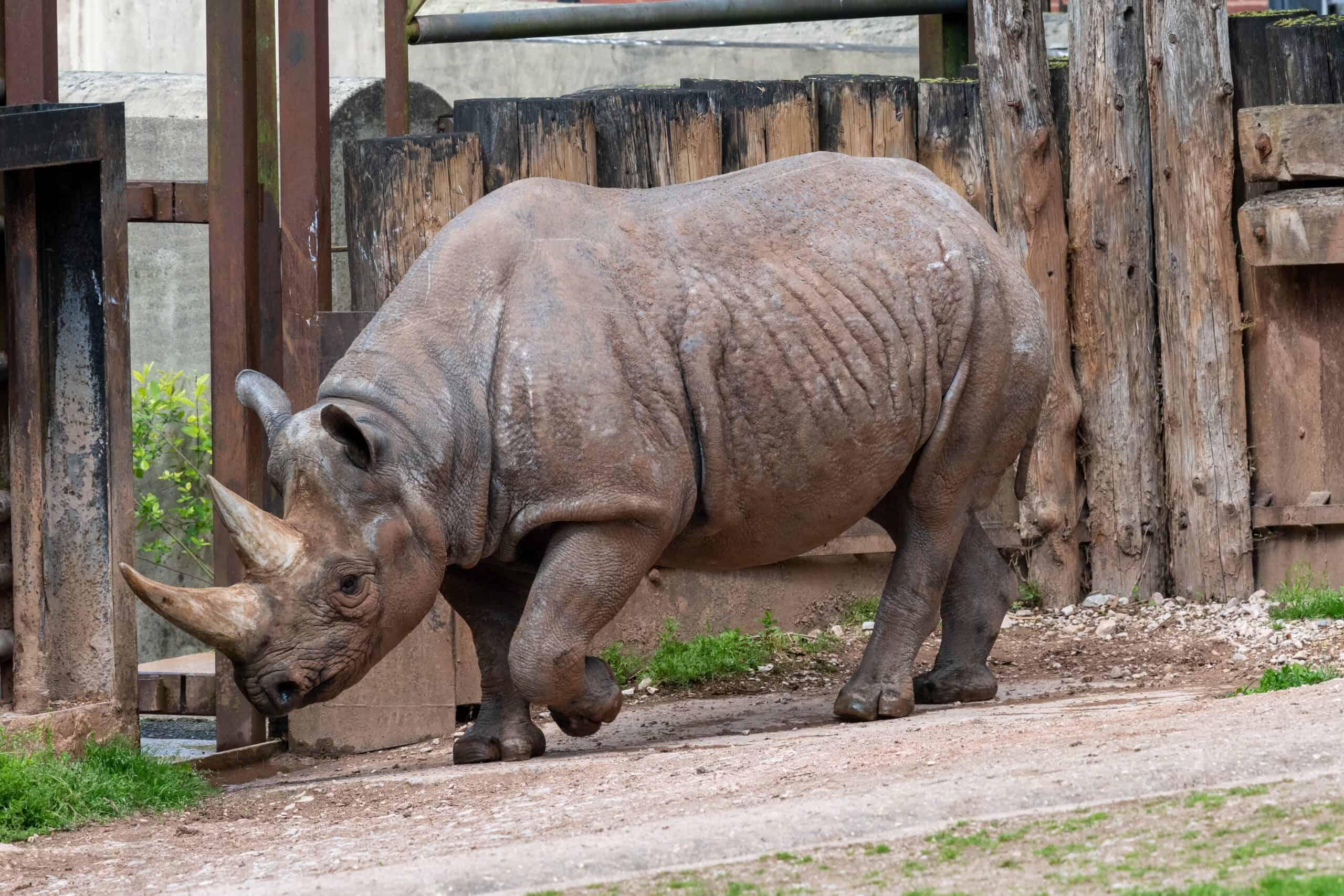
The black rhino, native to Africa, faces extreme threats from poaching for its horns. Its population has been drastically reduced, making it critically endangered. Conservation programs aim to stop illegal poaching and protect remaining populations in secure reserves. Anti-poaching patrols and breeding programs are essential for its survival. The black rhino’s plight highlights the urgency of tackling wildlife crime.
Sumatran Rhino
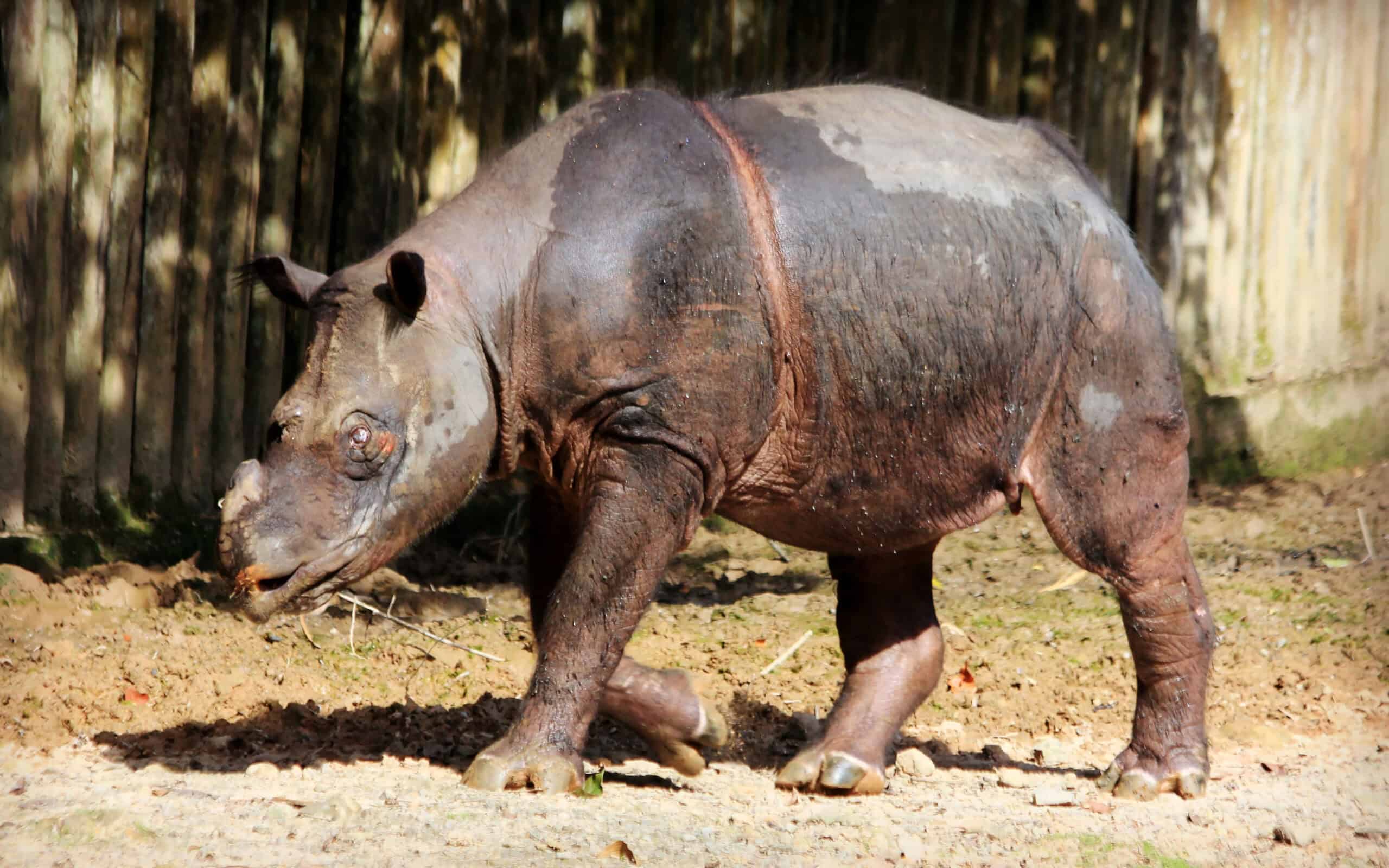
The Sumatran rhino is one of the most endangered species on the planet. Native to the rainforests of Sumatra, its population has dwindled due to habitat loss and poaching. Conservation efforts focus on captive breeding programs and habitat restoration. The Sumatran rhino is also highly vulnerable to diseases due to its small population size. Its survival depends on swift and coordinated global conservation action.
Blue Whale
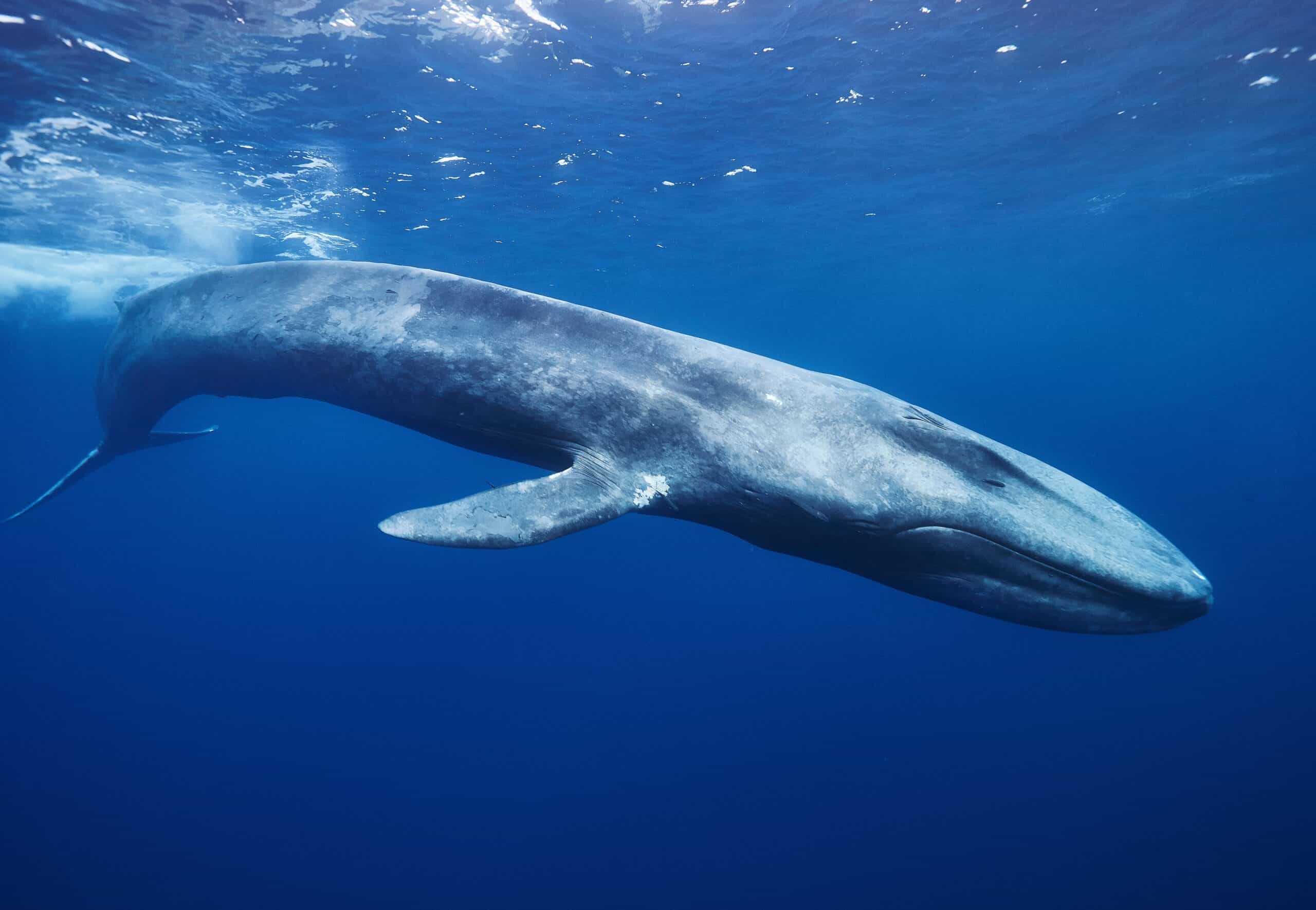
The blue whale, the largest animal on Earth, has been severely impacted by commercial whaling. Although hunting has declined, they still face threats from ship strikes and entanglement in fishing gear. Conservation efforts focus on protecting their feeding grounds and reducing human impacts in the oceans. Blue whales play a crucial role in maintaining healthy marine ecosystems. Their recovery depends on continued global protection efforts.
African Lion
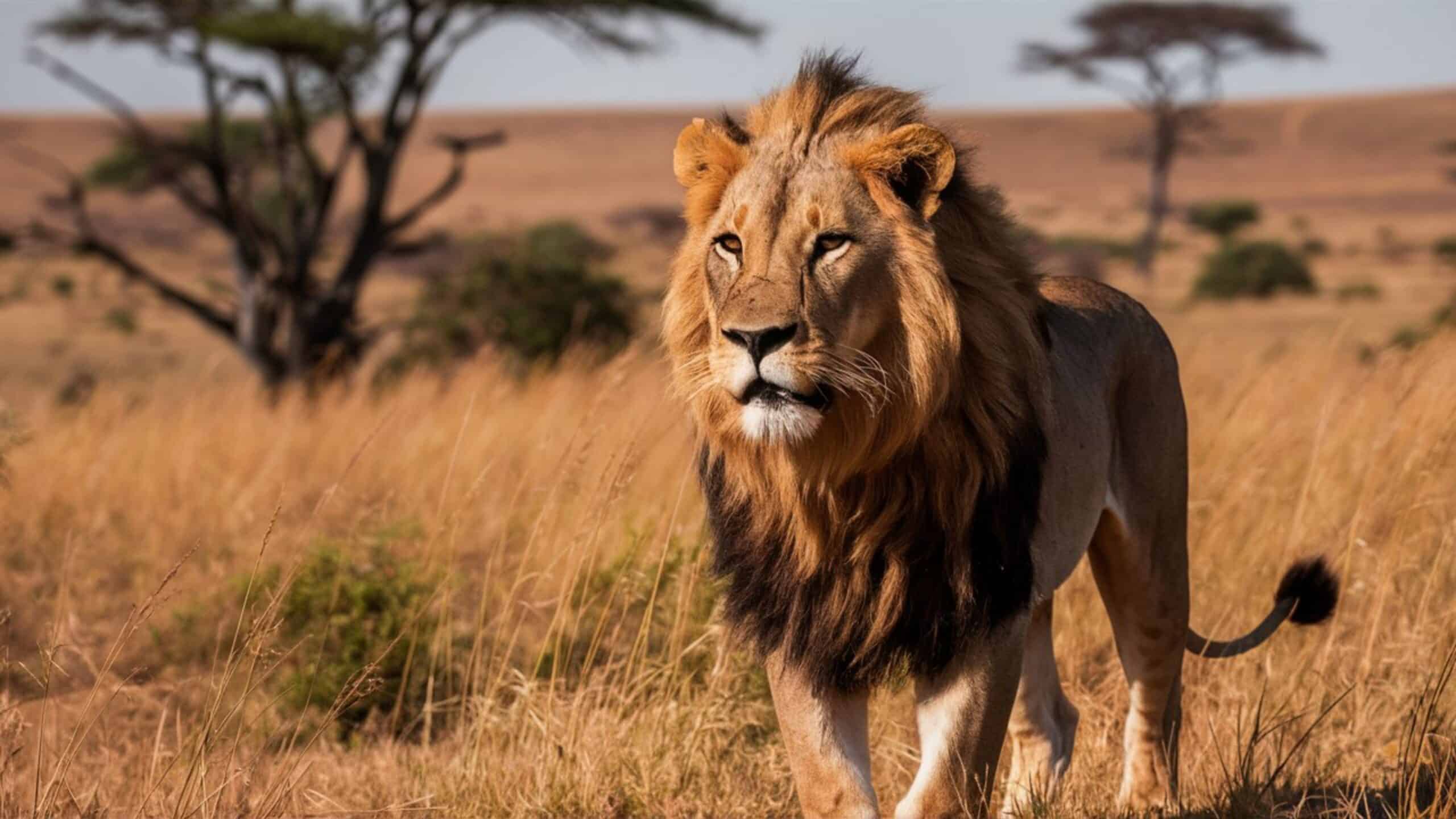
The African lion is a symbol of strength and a key predator in the savannas of Africa. Habitat loss and human-wildlife conflict are major threats to its survival. Conservation programs focus on protecting its habitats and promoting coexistence with local communities. Anti-poaching initiatives also play a vital role in safeguarding lions. The African lion’s protection is essential for maintaining the balance of its ecosystem.
Amazon River Dolphin
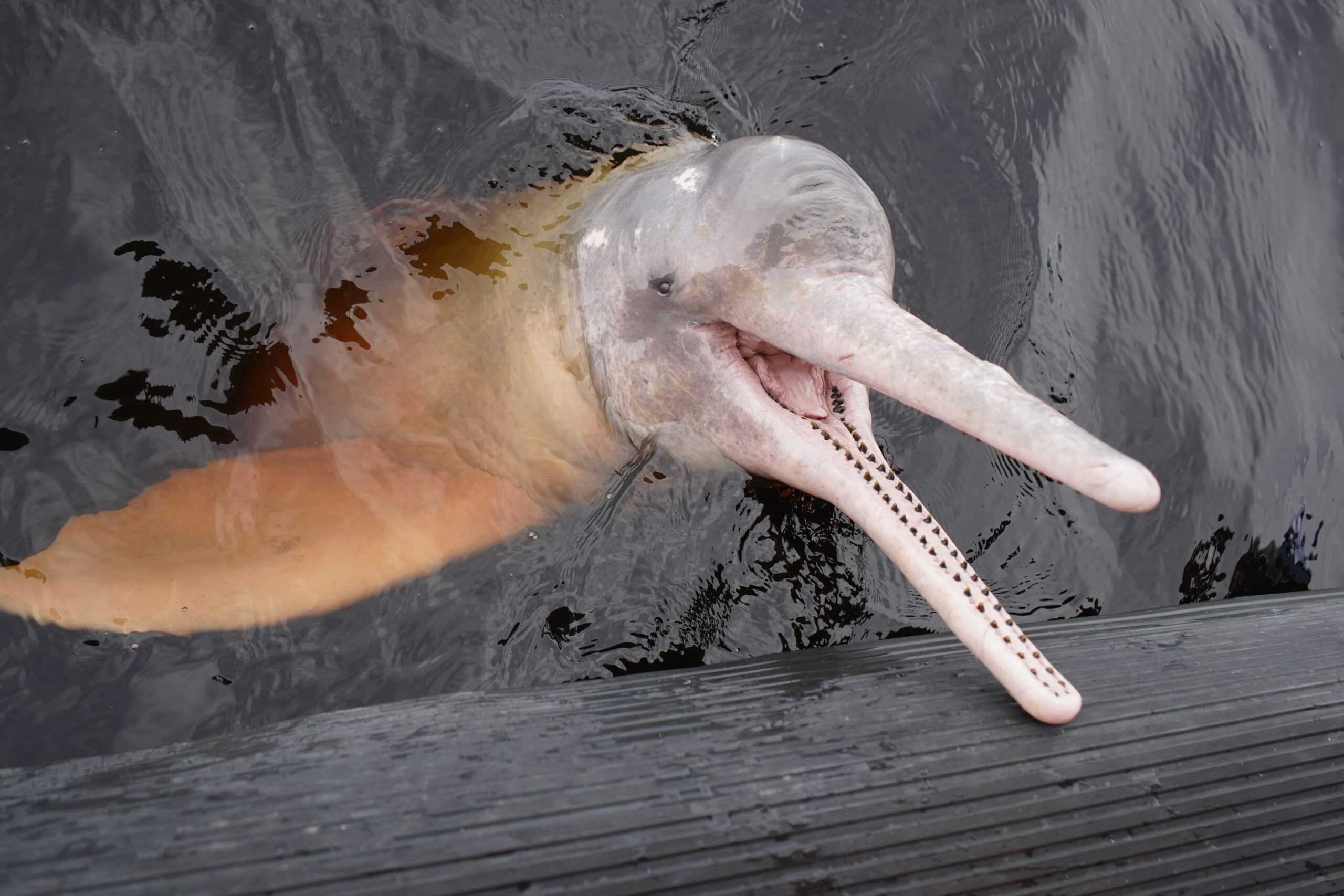
The Amazon River dolphin, also known as the pink dolphin, is a symbol of freshwater conservation. Found in the Amazon River, it faces threats from pollution, dam construction, and illegal fishing. Conservation efforts focus on protecting freshwater ecosystems and reducing human impact. These dolphins play a critical role in maintaining the health of river systems. Their plight highlights the importance of conserving the world’s freshwater habitats.
Iberian Lynx
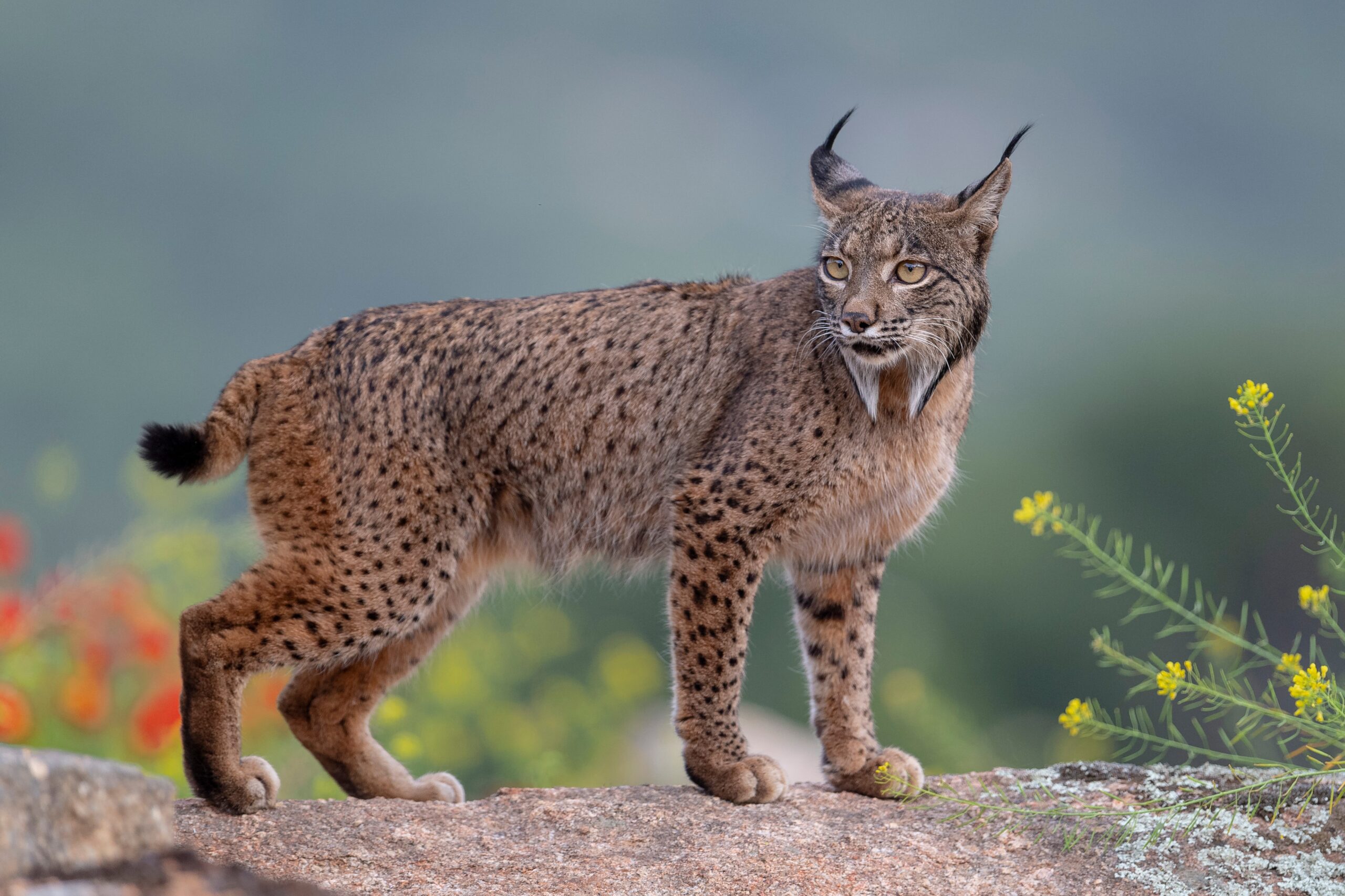
The Iberian lynx is one of the rarest wild cats, native to the Iberian Peninsula. Its population has declined due to habitat loss and a sharp decrease in its prey, particularly rabbits. Conservation programs focus on breeding and reintroducing lynxes into protected areas. Efforts to restore rabbit populations are also essential for its survival. The Iberian lynx’s recovery shows the success of targeted conservation efforts.
Bonobo
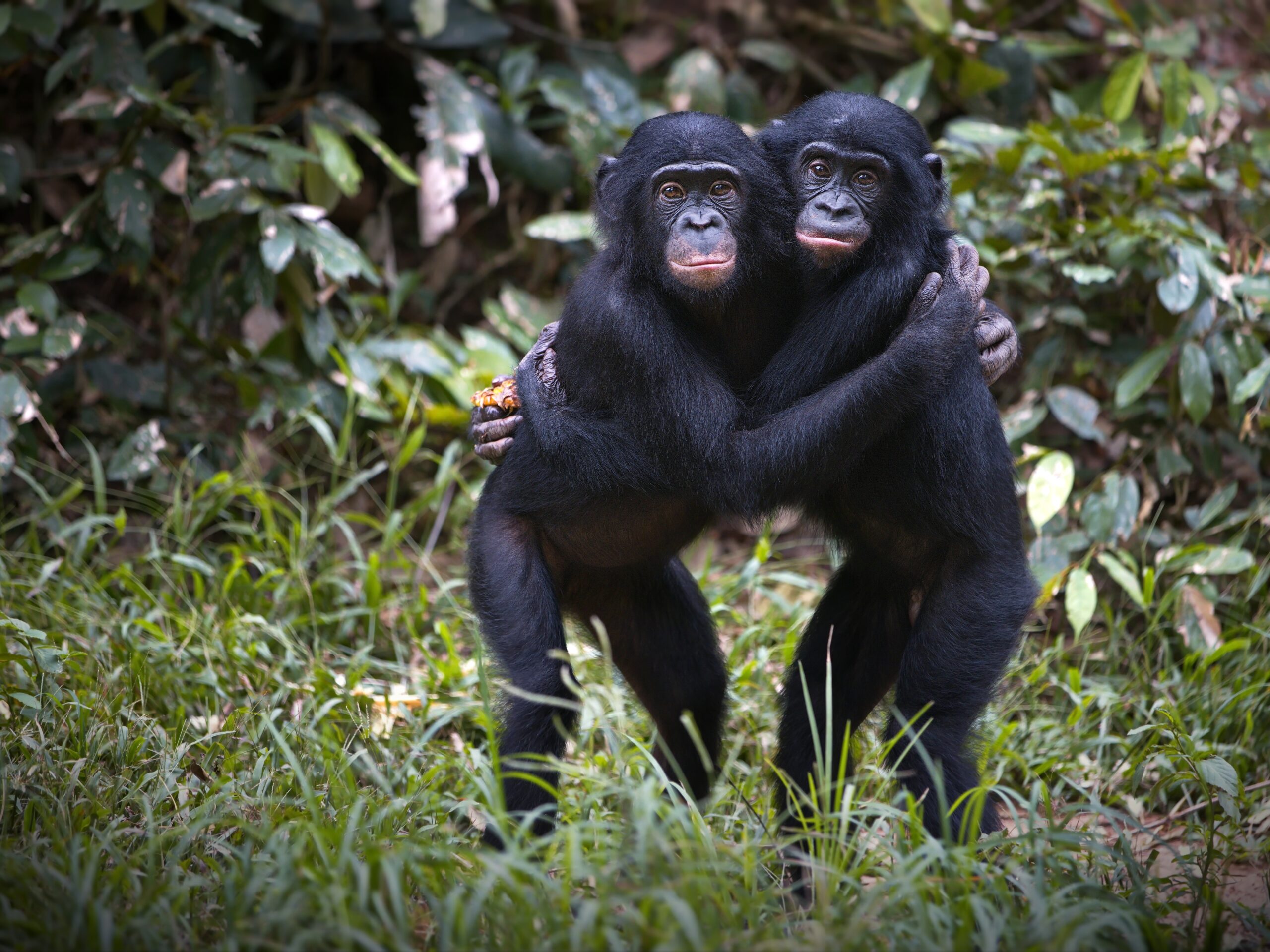
Bonobos are closely related to humans and are found only in the Democratic Republic of Congo. They are threatened by habitat destruction and illegal hunting for bushmeat. Conservation programs focus on protecting their forest habitats and raising awareness about their endangered status. Bonobos play a crucial role in maintaining forest ecosystems. Their survival depends on protecting the last remnants of the Congo rainforest.
Philippine Eagle
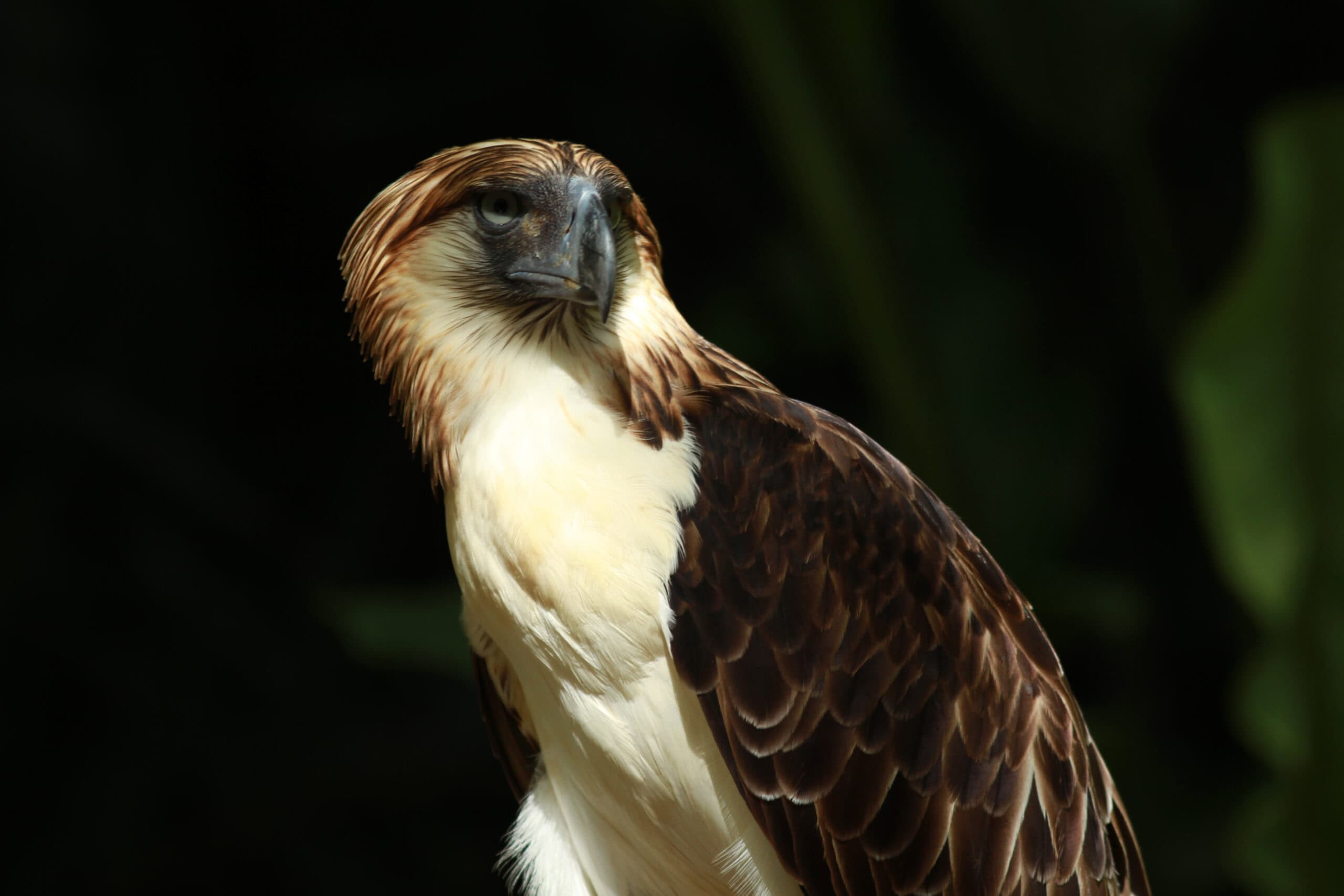
The Philippine eagle, also known as the monkey-eating eagle, is critically endangered and found only in the Philippines. Its primary threat is habitat loss due to deforestation, as it depends on large areas of forest to hunt and nest. Conservation programs focus on habitat protection and breeding efforts to increase its population. The eagle plays a key role as an apex predator, helping to maintain the balance of its ecosystem. Protecting the Philippine eagle is vital for preserving the rich biodiversity of the Philippine forests.
This article originally appeared on Rarest.org.
More from Rarest.org
12 Most Expensive Tropical Plants for Greenhouses

If you’re looking to add a touch of exotic beauty and luxury to your greenhouse, tropical plants are a fantastic choice. Read More.
9 Most Fascinating Space Discoveries

The universe is full of mysteries waiting to be uncovered, and recent advancements in technology and research have led to some of the most fascinating space discoveries ever made. Read More.
20 Vibrant Tropical Plants That Bring the Rainforest Indoors
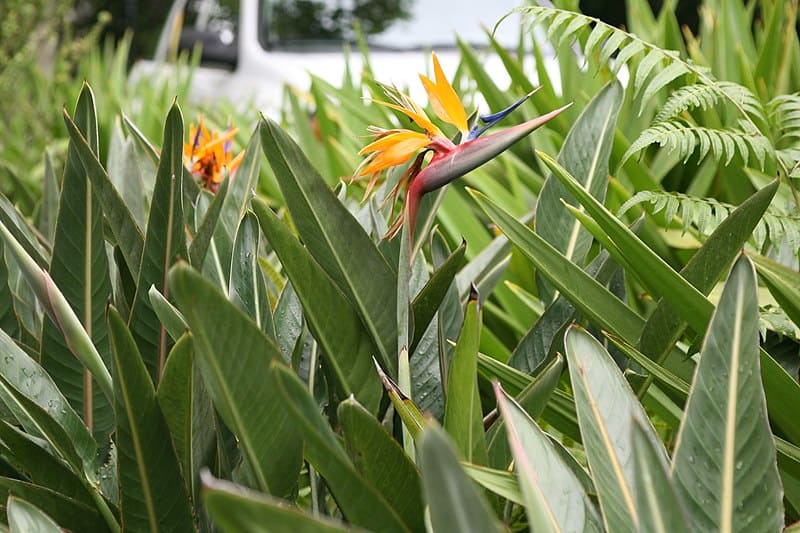
Transforming your home into a lush, vibrant oasis is easier than you might think with the right selection of tropical plants. Read More.
